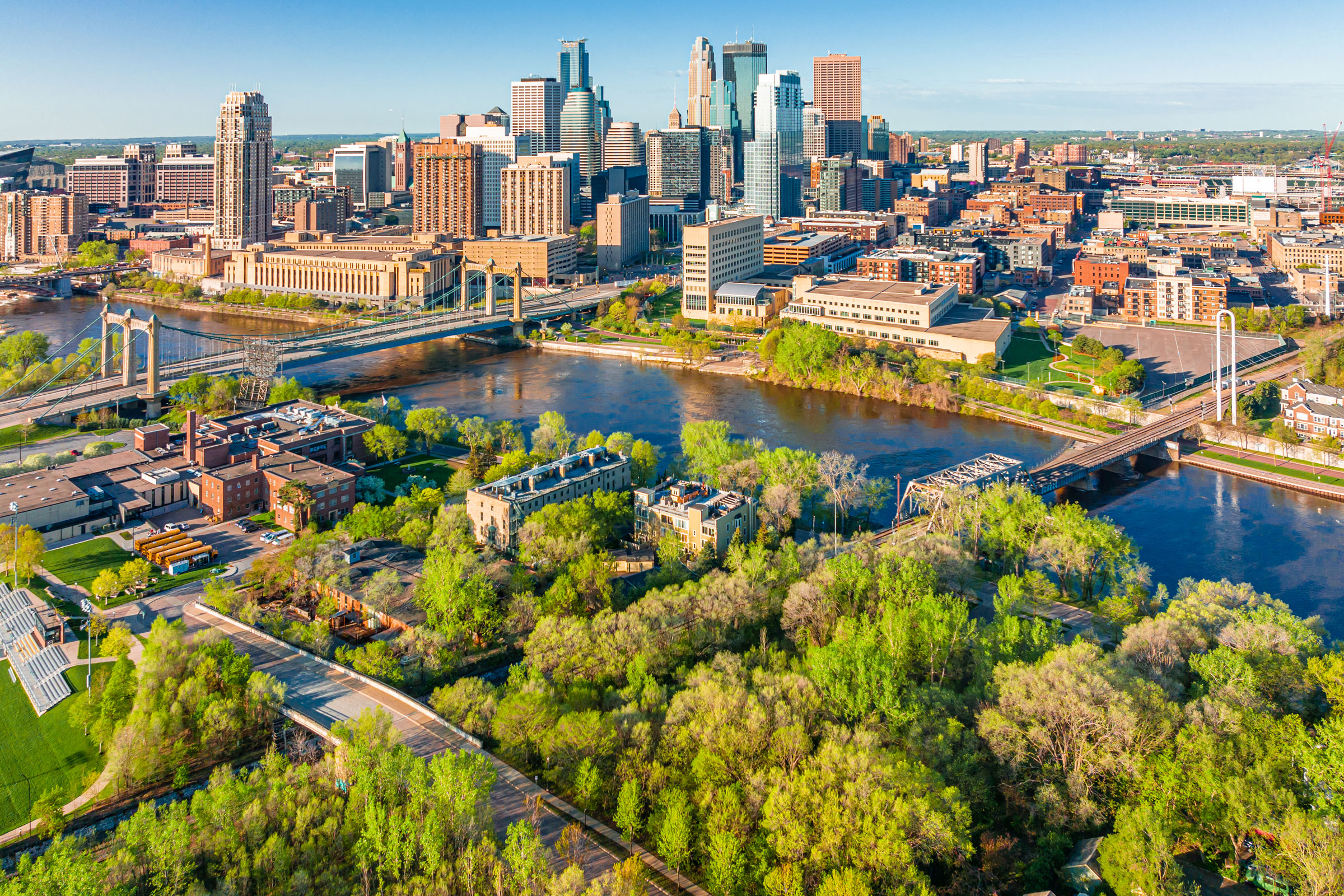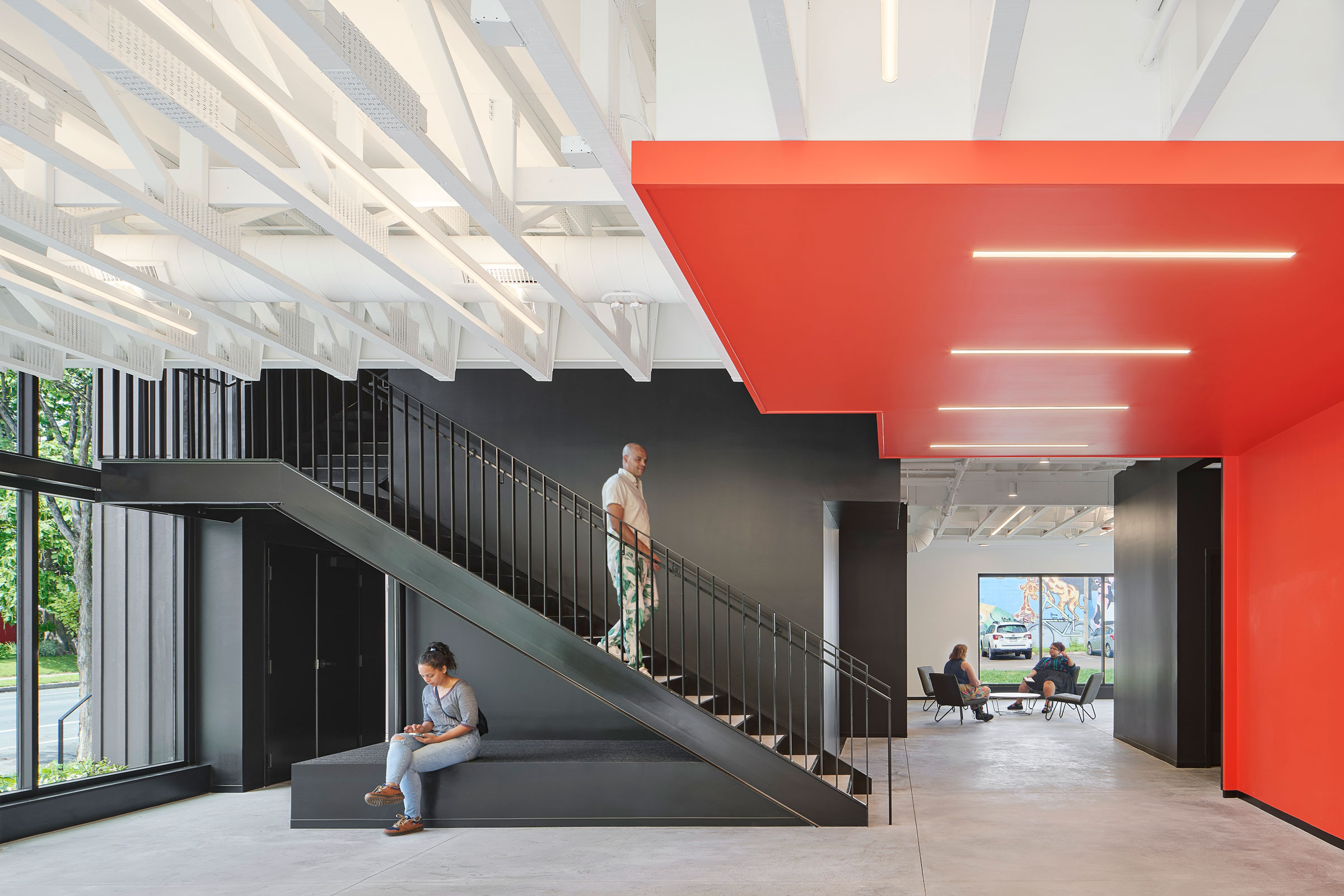Story at a glance:
- The Minneapolis parks system is often rated the top park system in the US. Experts on the ground show what others can learn from their processes.
- Months, even years, of community engagement ensure the parks continue to be for the people, recognizing and adapting to changing needs.
“I call it a city within a park system.” That’s how Al Bangoura, superintendent of parks for the Minneapolis Park and Recreation Board (MPRB), describes the city where he lives.
The city’s 180 parks offer more than 50 miles of biking and walking paths and include everything from the 53-foot Minnehaha Falls to the Mississippi River Gorge Regional Park, a favorite for hiking and birdwatching along the east and west bluffs of the Mississippi River. In 2025 Minneapolis was ranked the third top city by Trust for Public Land, followed closely by neighboring St. Paul at number five.
“Going back 142 years this park system was built on this understanding that the parks are for people. The last 12 years we’ve been ranked number one seven times—and never outside the top five,” Bangoura says.

Minnehaha Falls attracts visitors year-round for its jaw-dropping waterfall as well as hiking trails, dog park, and more. Photo by Lane Pelovsky, courtesy of Meet Minneapolis
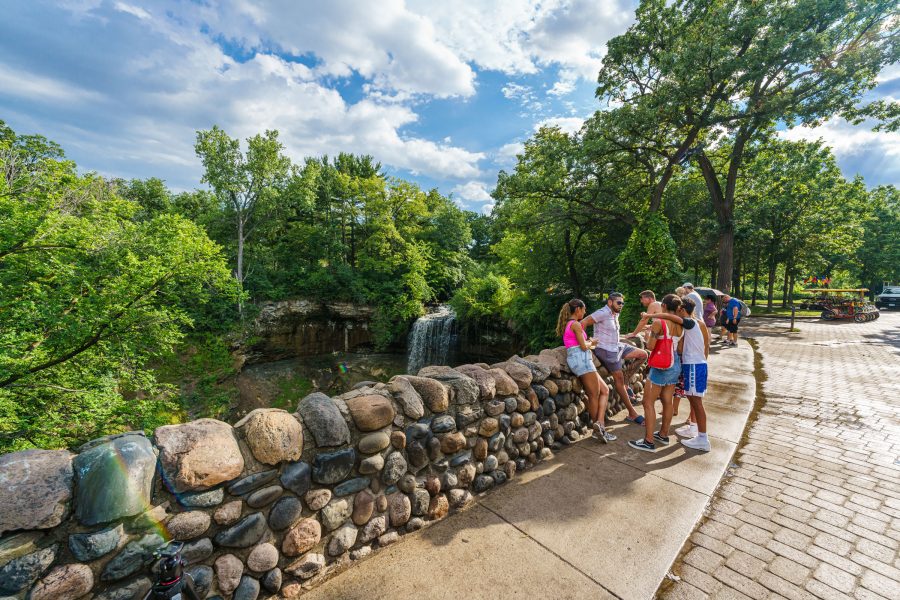
The state legislature approved the independent park system in 1883. Today it remains semiautonomous to the city. Park board commissioners are elected by voters every four years, and property taxes are negotiated between the park board and the city. Bangoura says 81% of the board’s general fund comes from property taxes, and he’s grateful to live in a place where people value the parks enough to contribute. “When they look at their property tax they understand clearly that they’re investing in this amazing jewel of a park system,” he says. “It’s a really unique thing, that independence.”
The city’s forethought in planning the vast system to truly be for the people is impressive, Bangoura says. “All lakeshore is public in Minneapolis. Everyone can walk around the lakes and along the river. There are impressive homes near the water, but they are on the other side of the parkway. The waterfront has been preserved for everyone to enjoy.”
More than 50 miles of trails and parkways connect with waterways and neighborhoods so the park system reaches everyone. “There are no barriers,” Bangoura says.
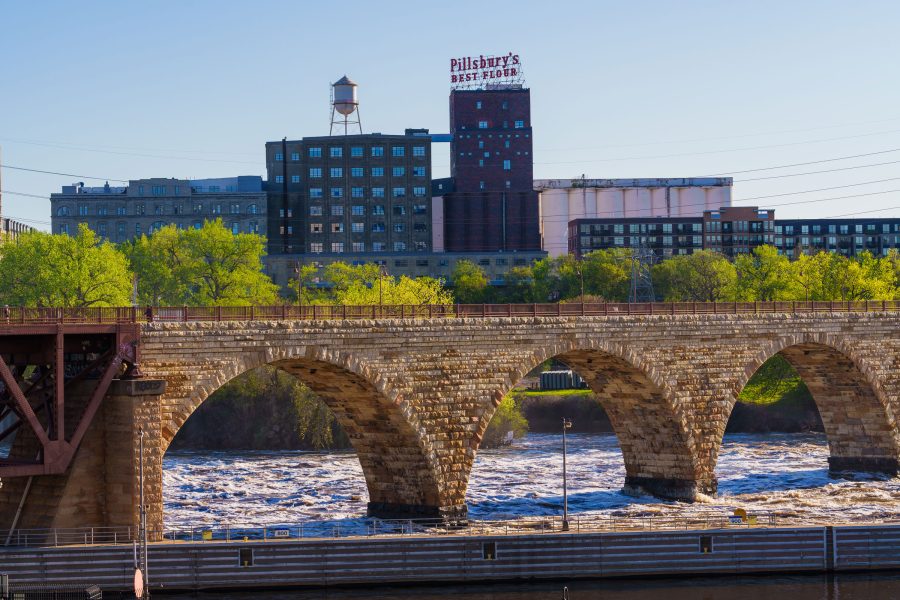
The Stone Arch Bridge is a former railroad bridge that crosses the Mississippi River and connects to some of the most beautiful parts of Minneapolis. Photo by Lane Pelovsky, courtesy of Meet Minneapolis
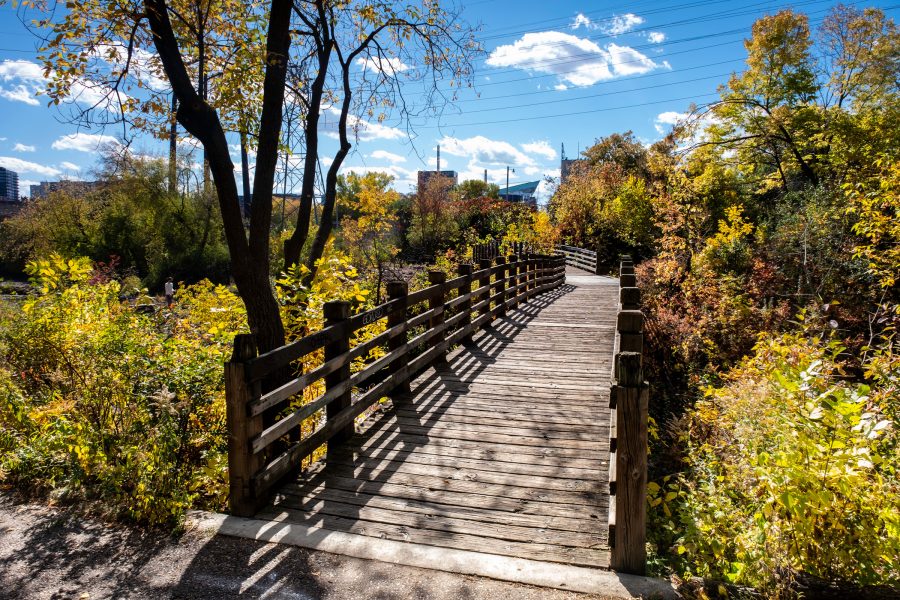
Photo by Augustus Isaac, courtesy of Meet Minneapolis
A robust park system is likely to contribute to the city’s myriad other accolades, too, from frequently ranking as one of the healthiest cities in the country to also being recognized as one of the happiest. “We understand all of the data behind what parks mean to health and wellness and what it provides for you and the betterment of your life. It’s why you live in particular cities with trees and canopy and green spaces. All these things are so vital,” Bangoura says.
The Minneapolis park system is used heavily. The regional park system sees nearly 25 million visitors every year, while the city has about 430,000 residents. While it’s widely used and loved, it’s critical to remind folks what they’re paying for. Bangoura says robust marketing is a must, as are ribbon cuttings, groundbreakings, social media, and news conferences. “You have to invite your constituents and leaders and folks to be constantly engaged and involved,” he says. “You have to constantly remind your constituents and people who experience it constantly the importance of this because it can go away.”
Fortunately, even as the park system may compete for funds with other needs in the city, the people of Minneapolis continue to prioritize their plentiful and diverse green space. “I believe our park system is probably in the top five when you start looking at the metrics or data around investment,” he says.
“Once you establish a system like this that is reflected in its capital projects and its beautiful park system, you start to understand the value, and it’s ingrained in the community that this is the expectation,” Bangoura says.
It’s ingrained in the community that this is the expectation.
Months, even years, of community engagement ensure the parks continue to be for the people, he says, emphasizing changing needs. The board is currently in the midst of a yearslong process to rehabilitate and invest in all of its parks citywide, whether that’s new roofs on old structures, updated playgrounds, improved walking paths, new wading pools, or any number of other amenities. The park’s planning department spends months working with the community to learn what people need and where. Graco Park is just one recent example.
The impact on the economy is great, as millions of visitors eat, drink, and stay in Minneapolis. And for those who live in the city or choose to move there, Bangoura says it’s important to understand why they chose the city. “Share that information, get it out there, talk about why people choose to live in your city or why they build businesses there.”
The Upper Harbor Redevelopment is a massive, multimillion-dollar project that will transform the old Army Corps of Engineers site and reconnect North Minneapolis to the riverfront with new places to work and live, a 20-acre park, and a community performing arts center. The city was recently awarded a $12 million grant for an outdoor concert venue as part of the project.
Projects like Water Works at Mill Ruins Park also bring people to the parks for unique experiences. Water Works is home to a James Beard award-winning restaurant called Owamni. “It’s a restaurant people from all over the world come to for indigenous cooking, and it’s inside a park building,” Bangoura says.
By the Numbers
25 million
# of visitors to regional Minneapolis parks each year
6 million
Neighborhood park visits each year
165
Total number of neighborhood parks
20
Number of regional parks
7,059
Acres of parkland and water

